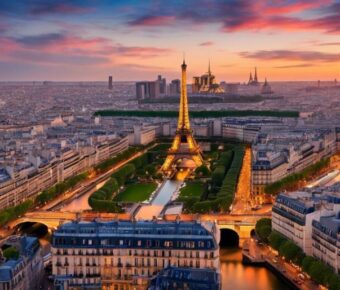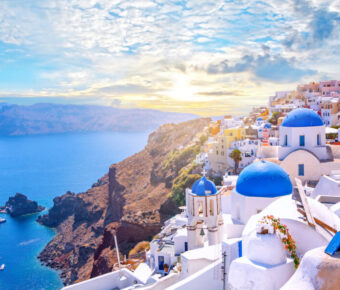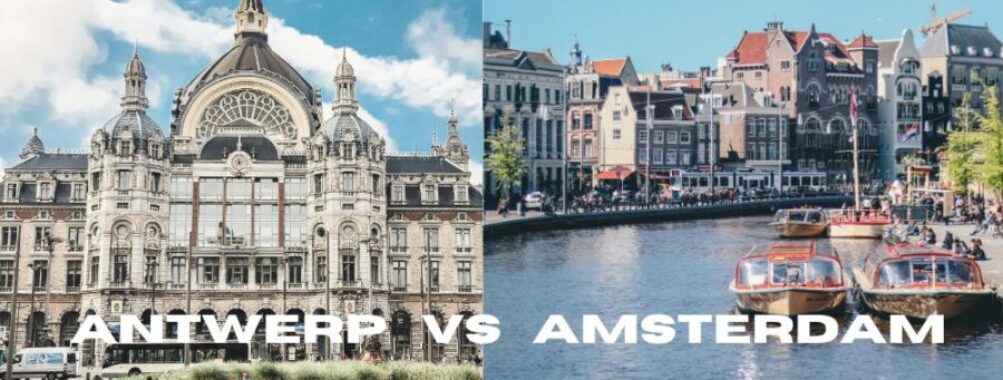
Antwerp vs Amsterdam: Which Historic Port City Offers Better Travel Value in 2025
Amsterdam and Antwerp both offer stunning architecture, rich history, and vibrant culture, yet each city has its own distinct charm. Antwerp feels more authentic and less touristy than Amsterdam, with its mix of upscale shopping, diamond district, and local Belgian lifestyle making it perfect for travelers who want to avoid tourist crowds. The smaller Belgian port city delivers a refined experience focused on art, fashion, and food.
You might find yourself falling for Amsterdam’s famous canal rings and world-class museums like the Van Gogh Museum and Rijksmuseum. The Dutch capital has more tourist attractions and better hotels and accommodations than its Belgian counterpart. The city buzzes with energy day and night, though some areas can get quite packed with visitors.
Both cities show off beautiful medieval architecture and excellent public transit systems. The spring months bring similar weather to both destinations – expect some rain and around 160 hours of sunshine in April. Getting between these cities takes just under 2 hours by train, making it easy to visit both on one trip.
Contents
- Geographical Context and Accessibility
- Transportation Networks
- Day Trips and Regional Attractions
- Demographics and Quality of Life
- Population Metrics
- Living Standards
- Cultural Landmarks and Museums
- World-Renowned Museums
- UNESCO World Heritage Sites
- Architectural Highlights
- Classic and Modern Influences
- Iconic Buildings
- Arts and Entertainment Scene
- Galleries and Performance Venues
- Nightlife and Social Offerings
- Urban Green Spaces and Recreation
- Parks and Gardens
- Outdoor Activities
- Dining and Gastronomy
- Local Cuisine and Diverse Food Scene
- Coffee Shops and Culinary Experiences
- Economic Factors and Business Environment
- Port Industries and Commerce
- Startup and Innovation Hubs
- Shopping and Retail
- Boutiques and Local Crafts
- Shopping Districts and Markets
- Frequently Asked Questions
- What are the unique attractions that differentiate Antwerp from Amsterdam?
- How does the cost of living in Antwerp compare to that in Amsterdam?
- In terms of cultural experiences, how do Antwerp and Amsterdam contrast with each other?
- What are the key factors to consider when deciding whether to visit Antwerp or Amsterdam?
- Could you highlight the advantages of traveling to Antwerp over Amsterdam?
- More Travel Guides
Geographical Context and Accessibility
Both Amsterdam and Antwerp sit at major crossroads of European transport, nestled in the heart of the Benelux region. These historic port cities offer excellent connections to neighboring countries and cities.
Transportation Networks
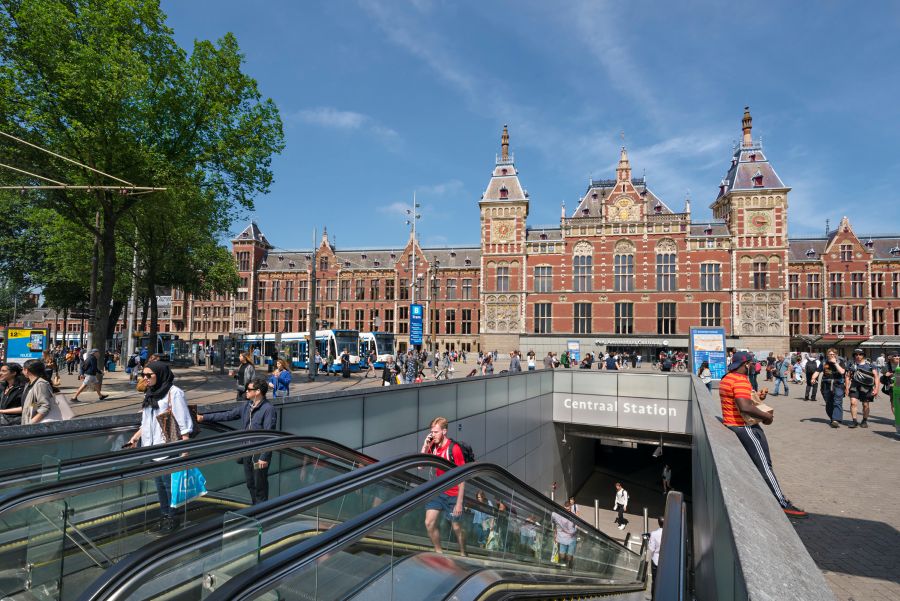
Amsterdam Centraal and Antwerp Central Station serve as key hubs in their respective countries. The Thalys high-speed train connects both cities, making the journey in just under 2 hours.
Amsterdam’s extensive canal network adds a unique transport option, with water taxis and canal boats moving through the city. The city’s flat terrain makes cycling a popular choice, with dedicated bike lanes everywhere.
Antwerp focuses on its efficient tram network and underground metro system. The city recently upgraded its bike-sharing program, though its hillier sections pose more challenges for cyclists than Amsterdam’s flat streets.
Day Trips and Regional Attractions
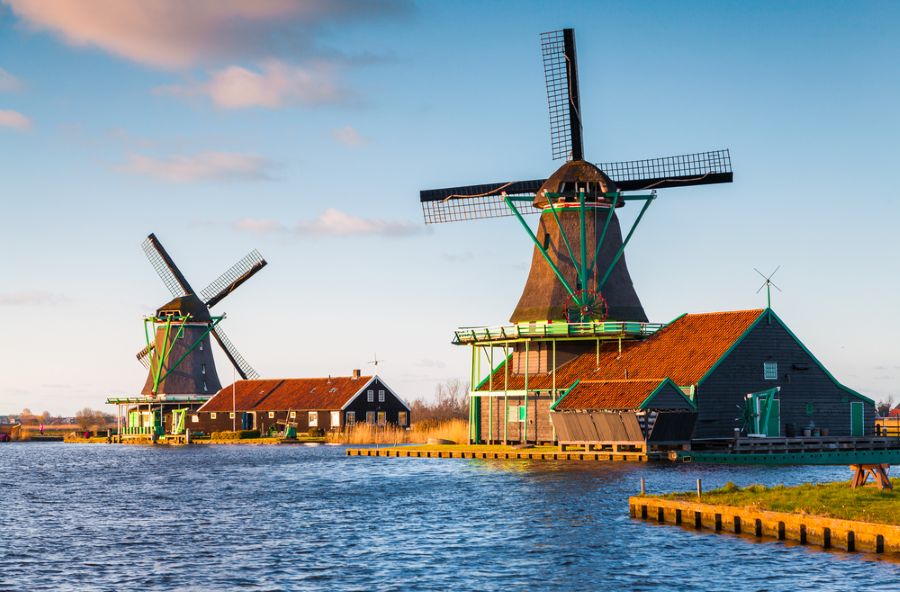
Amsterdam serves as a perfect base for exploring Dutch gems like Zaanse Schans and Volendam. Traditional windmills, fishing villages, and cheese markets lie within easy reach by train or bus.
Antwerp’s position makes it ideal for visiting medieval Belgian cities. Bruges and Ghent are just an hour away by train. The port area offers unique industrial heritage tours.
The Belgian coast is accessible from Antwerp in under 90 minutes. Dutch beaches near Amsterdam, like Zandvoort, take only 30 minutes to reach.
Both cities connect easily to Brussels and Paris through high-speed rail services. Weekend trips to either capital make perfect additions to your itinerary.
Demographics and Quality of Life
Amsterdam and Antwerp show notable differences in their population metrics and living standards, with Amsterdam scoring higher on quality of life measurements while Antwerp maintains more affordable living costs.
Population Metrics
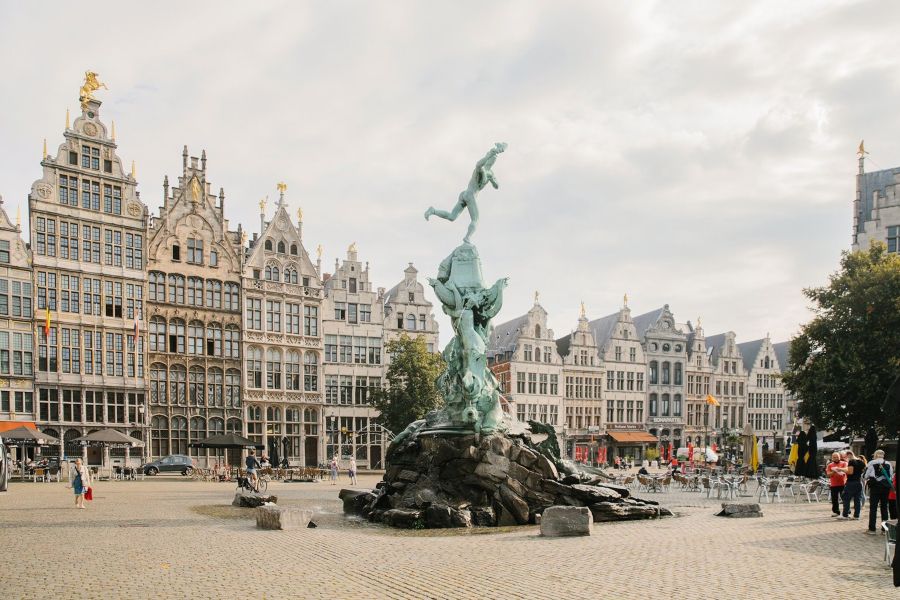
Amsterdam has a higher population density than Antwerp, which affects how people live and move around the city. This dense urban environment creates a bustling atmosphere in Amsterdam’s city center.
Both cities attract international residents, though Amsterdam has a larger expat community. The Dutch capital’s multicultural population adds to its global feel and diverse character.
The unemployment rate in Amsterdam is 12.4% lower than in Antwerp. This difference impacts job opportunities and economic stability for residents in both cities.
Living Standards
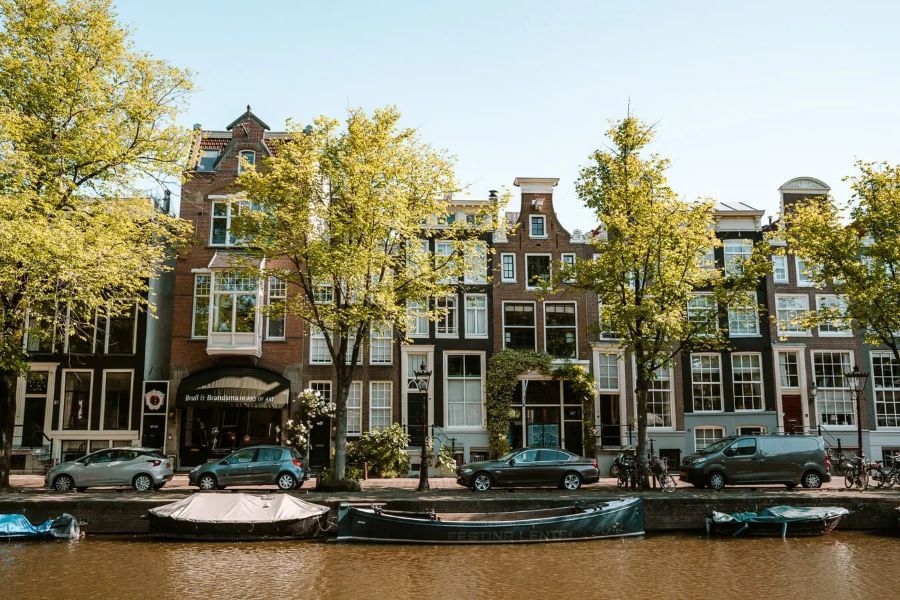
Amsterdam ranks exceptionally high on quality of life measurements with a score of 183.28, while Antwerp scores 159.08. These numbers reflect daily living conditions and city services.
Living costs in Amsterdam run about 62% higher than Antwerp. A person needs €6,791 in Amsterdam to maintain the same lifestyle that €4,900 would provide in Antwerp.
The Dutch capital offers stronger purchasing power, measuring 17.2% higher than Antwerp. This means Amsterdam residents can buy more goods and services despite higher costs.
Food costs favor Antwerp slightly, with grocery prices in Amsterdam being 2% lower. This small difference affects daily expenses for residents.
Cultural Landmarks and Museums
Both cities shine as cultural powerhouses in Europe, with museums housing incredible art collections and historic buildings that tell rich stories of the past. Amsterdam takes the lead with its famous museum district, while Antwerp offers unique cultural gems.
World-Renowned Museums
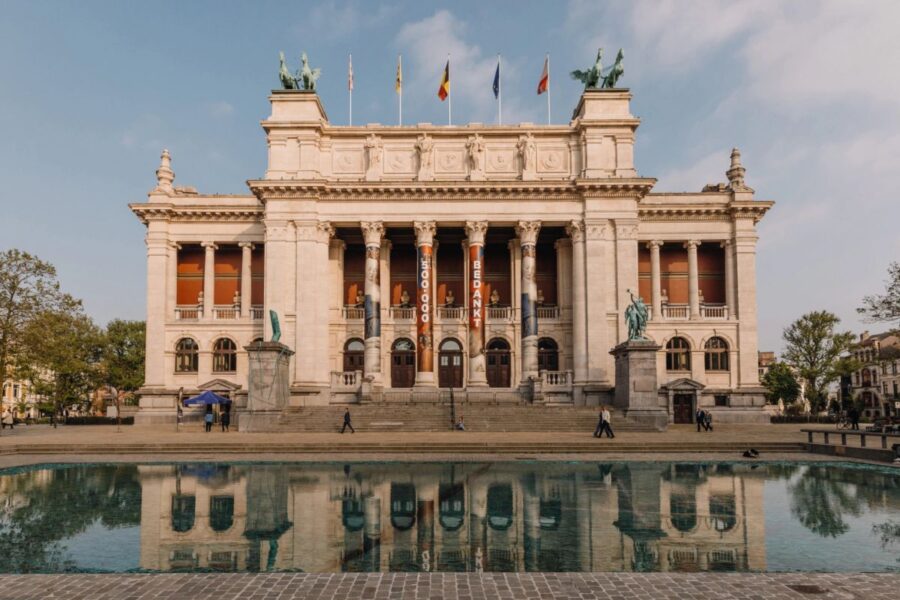
The Rijksmuseum stands as Amsterdam’s crown jewel, displaying Dutch masterpieces from Vermeer and Rembrandt. Art lovers flock to see the world’s largest Van Gogh collection at the dedicated Van Gogh Museum nearby.
The Stedelijk Museum adds a modern twist to Amsterdam’s art scene with contemporary works and design exhibits. You’ll need to book tickets ahead for the Anne Frank House – it’s one of the most visited spots in the whole Benelux region.
Antwerp’s Royal Museum of Fine Arts showcases Flemish masters like Rubens and Van Dyck. The city’s Plantin-Moretus Museum, a former printing house, gives visitors a glimpse into 16th-century publishing.
UNESCO World Heritage Sites

Both cities claim one UNESCO World Heritage site each. Amsterdam’s 17th-century canal ring stands as a masterpiece of urban planning and architecture. The waterways create a unique layout that shaped the city’s growth.
The Plantin-Moretus Museum represents Antwerp’s UNESCO heritage. As the world’s only surviving printing workshop from the Renaissance and Baroque periods, it houses rare books and original printing equipment.
The canals of Amsterdam feature beautiful bridges and historic merchant houses from the Dutch Golden Age. At night, light installations transform these waterways into magical scenes.
Architectural Highlights
Both cities showcase remarkable architectural heritage spanning multiple centuries, with distinct styles reflecting their unique histories and cultural influences.
Classic and Modern Influences

Amsterdam’s iconic canal belt, recognized as a UNESCO World Heritage site, displays stunning examples of 17th-century Dutch architecture. The narrow houses with their distinctive gabled roofs line the waterways in perfect harmony.
The city mixes old with new in fascinating ways. Modern designs like the Eye Film Museum and the NEMO Science Museum add bold contemporary elements to the historic skyline.
Antwerp’s architectural scene blends Gothic masterpieces with striking Art Nouveau buildings. The city’s streets reveal layers of history, from medieval guild houses to elegant Belle Époque mansions.
Iconic Buildings
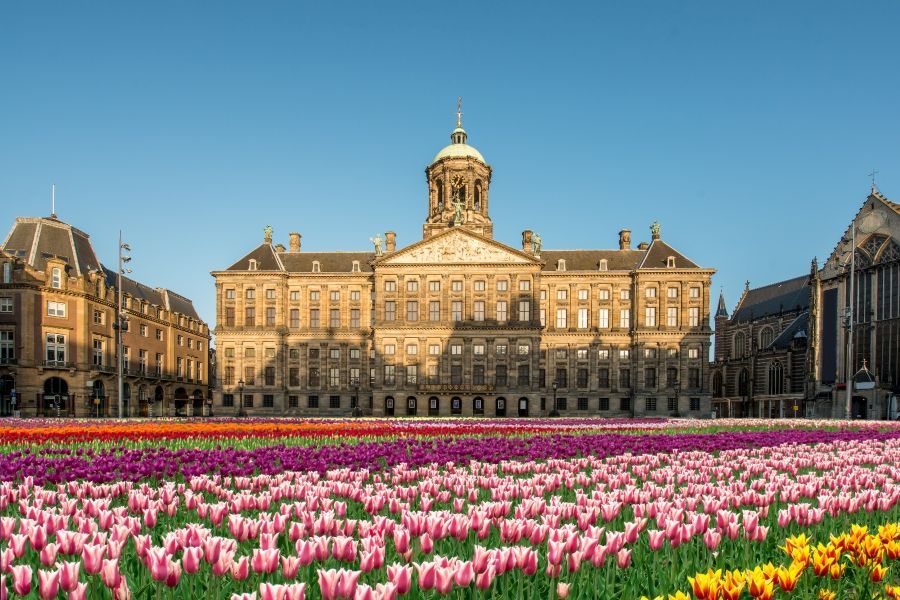
Amsterdam’s Royal Palace on Dam Square stands as a prime example of Dutch Classicism. The Rijksmuseum’s neo-Gothic style makes it one of the city’s most photographed structures.
Antwerp’s Central Station is often called the “Railway Cathedral” for its dramatic dome and marble interiors. The station combines multiple architectural styles, from Gothic to Art Nouveau.
The Cathedral of Our Lady dominates Antwerp’s skyline. This Gothic masterpiece took nearly 170 years to complete and features impressive spires reaching 123 meters high.
The MAS Museum in Antwerp represents modern architecture at its finest. Its spiral design and red sandstone exterior create a striking contrast to the historic port area.
Arts and Entertainment Scene
Both cities offer rich cultural experiences with world-class museums, theaters, and vibrant nightlife scenes. Amsterdam’s artistic legacy centers around Dutch Masters and modern art, while Antwerp shines with its Flemish art heritage and fashion-forward atmosphere.
Galleries and Performance Venues
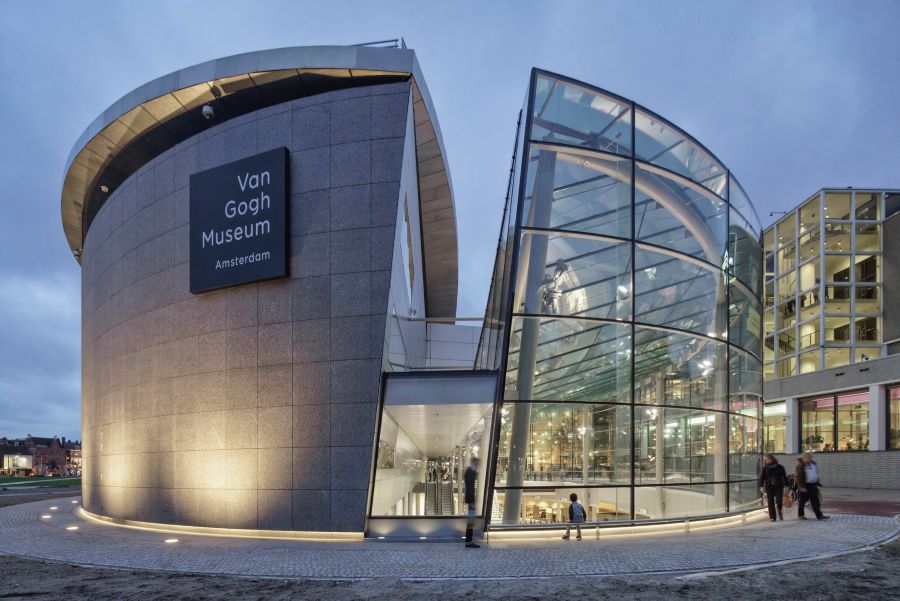
The Van Gogh Museum stands as Amsterdam’s crown jewel, housing the world’s largest collection of Vincent van Gogh’s masterpieces. The city’s Museum Quarter features the Rijksmuseum and Stedelijk Museum, creating an art lover’s paradise.
Antwerp’s Royal Museum of Fine Arts showcases stunning Flemish paintings from masters like Rubens and Van Dyck. The city’s contemporary art scene thrives at the M HKA museum and numerous indie galleries in the Zuid district.
Theater buffs will love Amsterdam’s Royal Carré Theatre and the ultramodern DeLaMar. Antwerp matches with its grand Bourla Theatre and innovative Toneelhuis performances.
Nightlife and Social Offerings
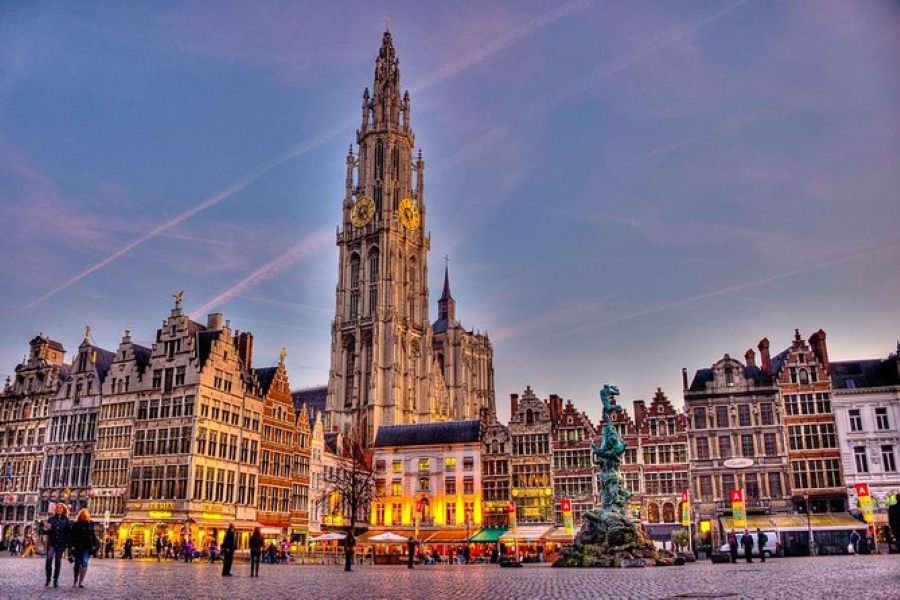
Amsterdam’s Canal Ring comes alive after dark with cozy brown cafés and trendy cocktail bars. The Leidseplein and Rembrandtplein squares pulse with energy, hosting live music venues and dance clubs.
Antwerp’s Belgian café culture stands out with specialty beer bars and historic pubs. The Zuid neighborhood draws crowds to its stylish lounges, while the student area around Ossenmarkt offers budget-friendly spots.
Live music fans can catch shows at Amsterdam’s Paradiso, housed in a converted church. Antwerp’s Trix venue hosts indie bands, while De Roma brings diverse acts to its restored Art Deco theater.
The clubs around Amsterdam’s Westerpark stay open late, attracting international DJs. Antwerp’s clubbing scene centers on Vaartkom, where warehouses transform into weekend party spots.
Urban Green Spaces and Recreation
Both Amsterdam and Antwerp offer beautiful green spaces and outdoor activities that let visitors escape the urban bustle. These cities prioritize nature and recreation through extensive parks, bike paths, and outdoor attractions.
Parks and Gardens
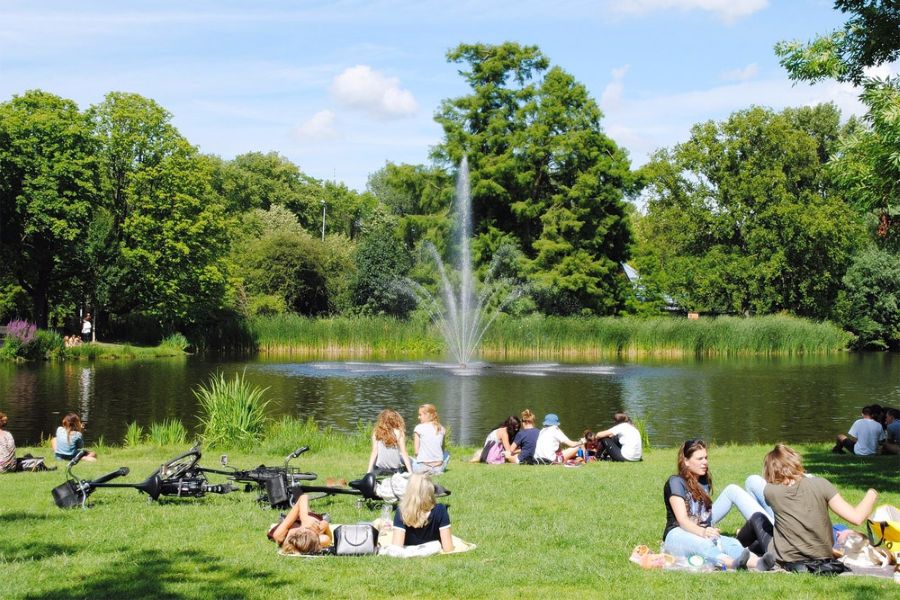
Amsterdam’s crown jewel is Vondelpark, a 120-acre oasis filled with ponds, walking paths, and open meadows. The park draws over 10 million visitors yearly for picnics, cycling, and outdoor concerts in summer.
The city’s Main Green Space Infrastructure plan protects vital green areas while creating new spaces through 2050. Bike paths connect many parks, making it easy to explore the green network.
Antwerp’s Green Ring project transforms unused space around the city into connected parkland. This improves air quality and gives residents more places to relax and play outdoors.
Outdoor Activities

Biking stands out as the favorite outdoor activity in both cities. Amsterdam’s 400+ km of dedicated bike lanes let cyclists safely explore urban and natural areas. The paths link major parks and green spaces.
Antwerp’s bike network includes scenic routes through the Green Ring and along the River Scheldt. The Antwerp Zoo, one of Europe’s oldest, offers a unique outdoor experience with 950+ species.
Both cities maintain water recreation spots. Amsterdam’s canals host boat tours and kayaking, while Antwerp’s port area provides spots for sailing and riverside walks.
Dining and Gastronomy
Both cities offer unique culinary experiences that blend traditional flavors with modern dining trends, creating distinct food scenes that reflect their cultural heritage.
Local Cuisine and Diverse Food Scene

Antwerp shines with its Belgian culinary traditions. The city’s restaurants serve up classic dishes like moules-frites and carbonnade flamande with local Belgian beers. The chocolate scene is exceptional, with artisanal chocolatiers crafting pralines and truffles throughout the historic center.
Het Pomphuis stands out as a prime dining spot near the harbor, combining waterfront views with refined Belgian cuisine. The restaurant’s stunning interior matches its high-quality menu.
Amsterdam’s food scene mixes Dutch classics with international influences. Traditional spots serve stamppot and bitterballen, while Indonesian restaurants reflect the city’s colonial past.
The Dutch capital’s street food culture thrives with raw herring stands and stroopwafel vendors dotting the streets.
Coffee Shops and Culinary Experiences

Amsterdam’s café culture goes beyond the famous coffeeshops. Cozy bruine cafés (brown cafes) serve traditional Dutch snacks alongside local beers. Modern bistros and food halls like the Foodhallen offer diverse dining options under one roof.
Antwerp’s café scene centers around Belgian beer culture. Traditional Belgian cafés serve hundreds of beer varieties with matching food pairings. The city’s coffee culture has grown too, with specialty roasters and trendy brunch spots popping up in neighborhoods like Zuid.
Both cities feature excellent food markets. Amsterdam’s Albert Cuyp Market sells local cheeses and fresh produce, while Antwerp’s weekend markets showcase Belgian specialties.
Economic Factors and Business Environment
Both cities stand as vital economic powerhouses in Europe, with distinct business landscapes shaped by their ports, tech sectors, and entrepreneurial cultures. Each offers unique advantages for companies and professionals looking to establish themselves.
Port Industries and Commerce
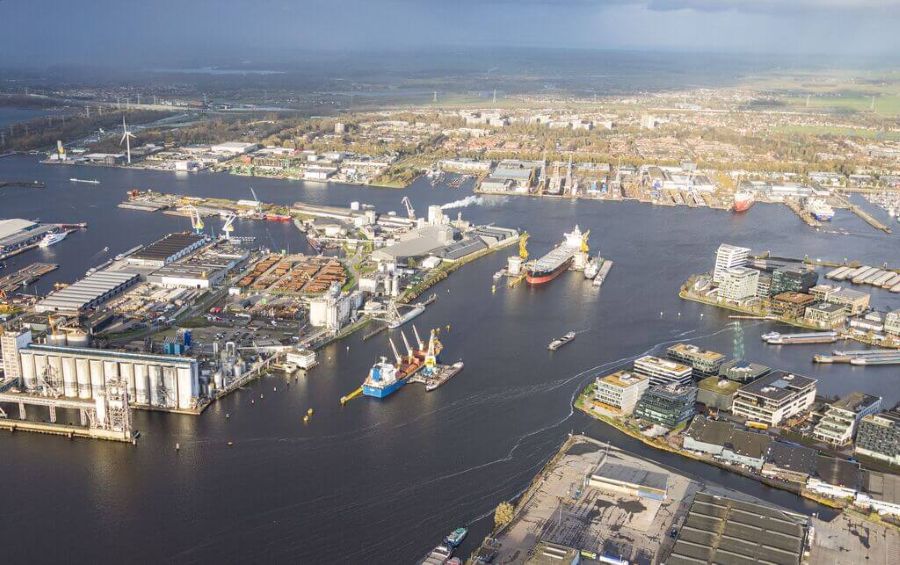
The Port of Antwerp ranks as Europe’s second-largest seaport, handling over 238 million tons of cargo yearly. It specializes in chemicals, petroleum products, and container shipping.
Amsterdam’s port, while smaller, connects directly to the Rhine-Main-Danube canal system. This creates excellent trade routes to central Europe.
Both ports drive significant job creation. Antwerp’s port employs over 60,000 people directly, while Amsterdam’s maritime sector supports roughly 45,000 jobs.
Startup and Innovation Hubs

Amsterdam leads in tech startups, with more than 2,700 young companies calling the city home. The city’s StartupAmsterdam initiative offers mentorship programs and funding opportunities for new businesses.
Antwerp focuses on digital innovation and smart city technologies. The city’s BlueChem incubator supports sustainable chemistry startups, while The Beacon helps develop IoT and AI companies.
Both cities attract international talent. Amsterdam’s English-speaking work environment makes it popular with expats. Antwerp offers lower operating costs and strong connections to the European chemical industry.
Rent prices for office space run about 30% lower in Antwerp compared to Amsterdam, making it attractive for new businesses.
Shopping and Retail
Both cities offer unique shopping experiences, with Antwerp known for its diamond district and high-end fashion while Amsterdam features trendy boutiques and vintage markets.
Boutiques and Local Crafts
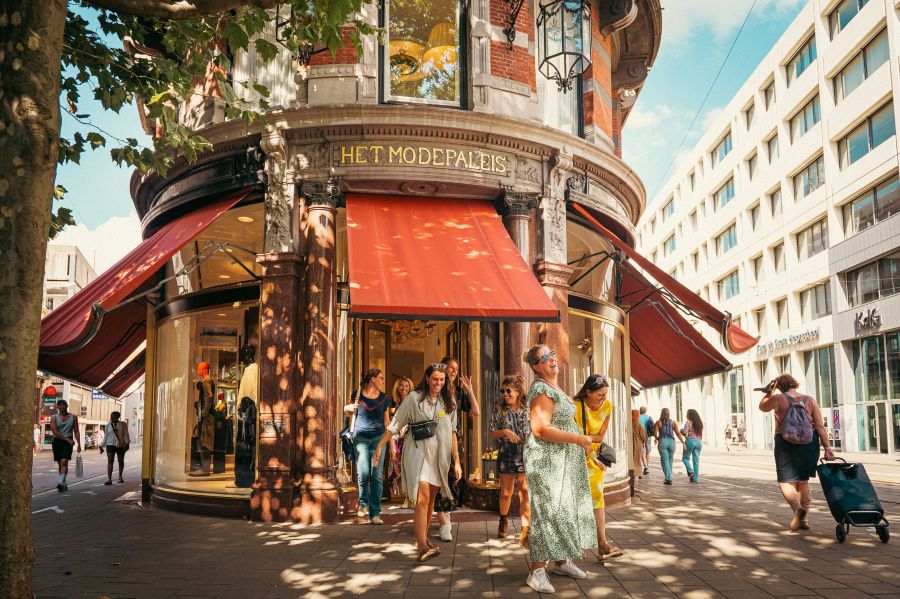
Antwerp stands out as Belgium’s fashion capital. The city’s Fashion District showcases local designers and international brands in beautiful historic buildings. You’ll find exclusive boutiques along the Nationalestraat and Kammenstraat, where emerging designers display their latest collections.
Amsterdam’s Nine Streets district is perfect for unique finds. Small shops sell handmade jewelry, vintage clothing, and Dutch design pieces. The city’s boutiques often mix old and new, with modern items displayed in traditional canal houses.
Shopping Districts and Markets

The Grote Markt in Antwerp sits at the heart of the shopping action. The surrounding streets feature chocolate shops, antique stores, and fashion boutiques. The famous Meir shopping street stretches for a kilometer with major retail chains and department stores.
Amsterdam’s Kalverstraat draws shoppers with its mix of global brands and local shops. The Albert Cuyp Market is the city’s largest outdoor market, with 260 stalls selling everything from clothes to Dutch cheese. De Bijenkorf department store offers luxury shopping in a historic building.
The P.C. Hooftstraat in Amsterdam rivals any high-end shopping street in Europe. This elegant avenue houses designer boutiques like Gucci and Louis Vuitton.
Frequently Asked Questions
Both Amsterdam and Netherlands attract many travelers who want to explore historic European cities. Each offers distinct cultural experiences, costs, and attractions that make them special destinations.
What are the unique attractions that differentiate Antwerp from Amsterdam?
Amsterdam showcases its famous canal rings, the Van Gogh Museum, and the Anne Frank House. The city’s layout centers around waterways that create a distinct atmosphere for walking and cycling.
Antwerp stands out with its Diamond District, where 84% of the world’s rough diamonds pass through. The city’s Gothic Cathedral of Our Lady and the Rubens House museum celebrate its artistic heritage.
How does the cost of living in Antwerp compare to that in Amsterdam?
Housing in Amsterdam tends to cost 30-40% more than in Antwerp. A meal at a mid-range restaurant in Amsterdam might cost €25-35, while similar meals in Antwerp average €20-30.
Public transport in Antwerp costs less than Amsterdam. Daily tram tickets in Antwerp run about €7, compared to €9 in Amsterdam.
In terms of cultural experiences, how do Antwerp and Amsterdam contrast with each other?
Antwerp maintains a more traditional Belgian feel with its local cafes, chocolate shops, and fashion boutiques. The city draws fewer tourists, creating more authentic interactions with locals.
Amsterdam pulses with international energy. Its museums, coffee shops, and diverse food scene attract visitors from around the globe.
What are the key factors to consider when deciding whether to visit Antwerp or Amsterdam?
Time of year affects the experience greatly. Spring brings similar sunshine to both cities, with Amsterdam getting slightly more rain.
Budget plays a big role. Amsterdam’s popularity drives up prices for accommodations and attractions.
The desired pace matters too. Antwerp offers a calmer atmosphere with its business focus, while Amsterdam buzzes with constant tourist activity.
Could you highlight the advantages of traveling to Antwerp over Amsterdam?
The MAS Museum pavilion offers free rooftop views of the city and port. Most tourists remain unaware of this spot.
The historic Vlaaikensgang alley reveals a hidden medieval passage between buildings. Local guides share stories of merchants who used these paths centuries ago.
Hidden courtyards called “secret gardens” dot the city center. These peaceful spots provide quiet retreats from urban life.

